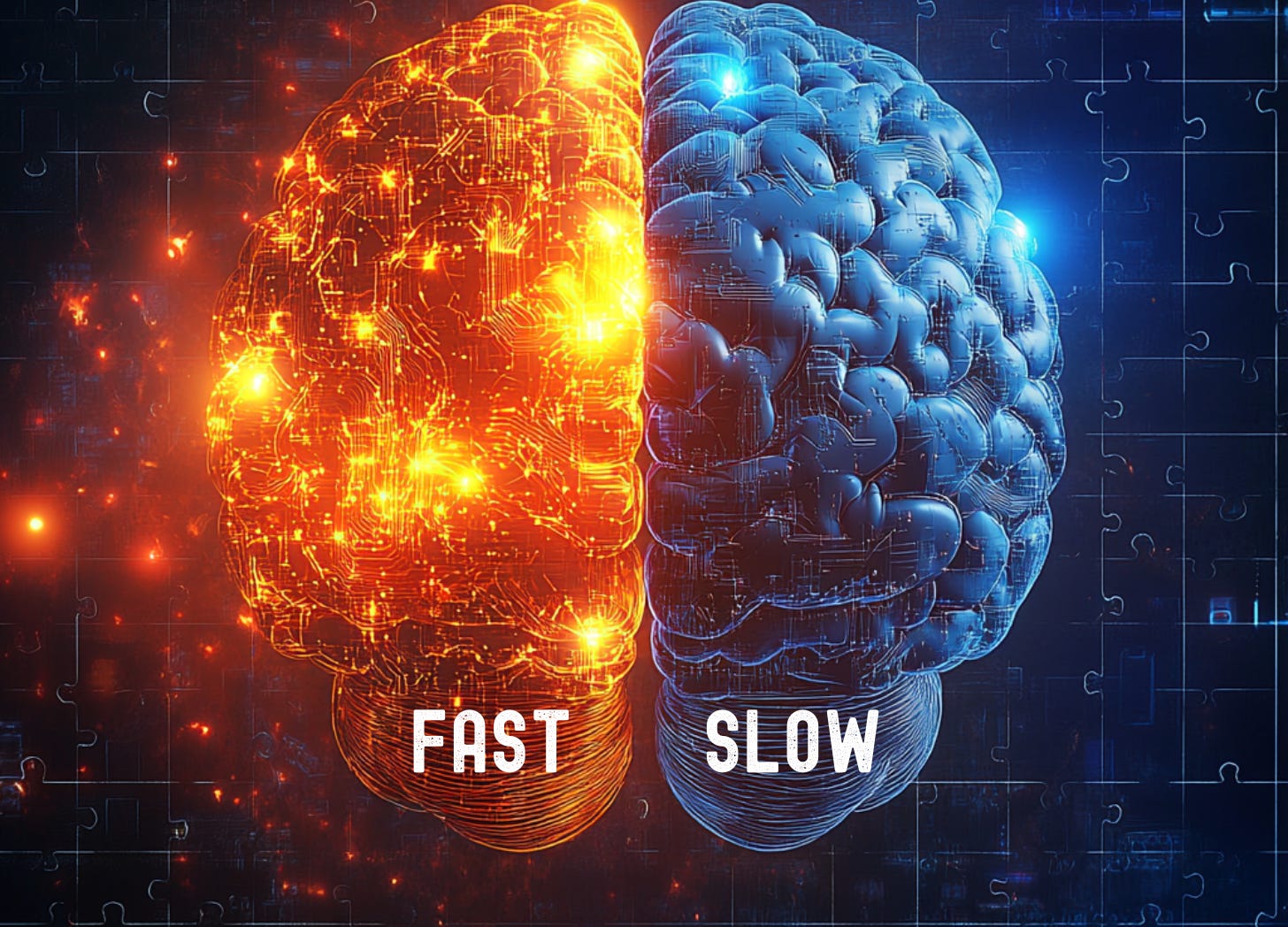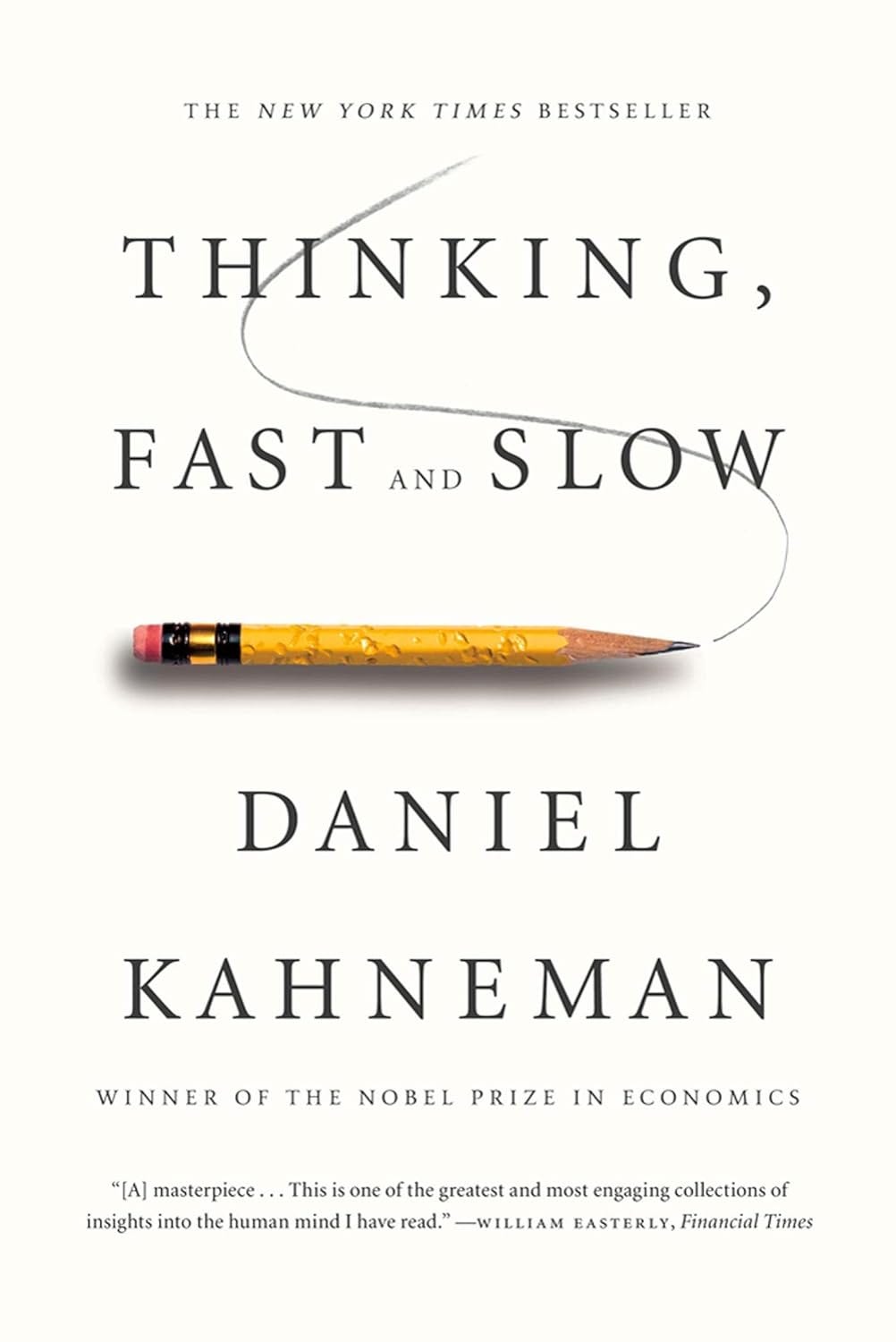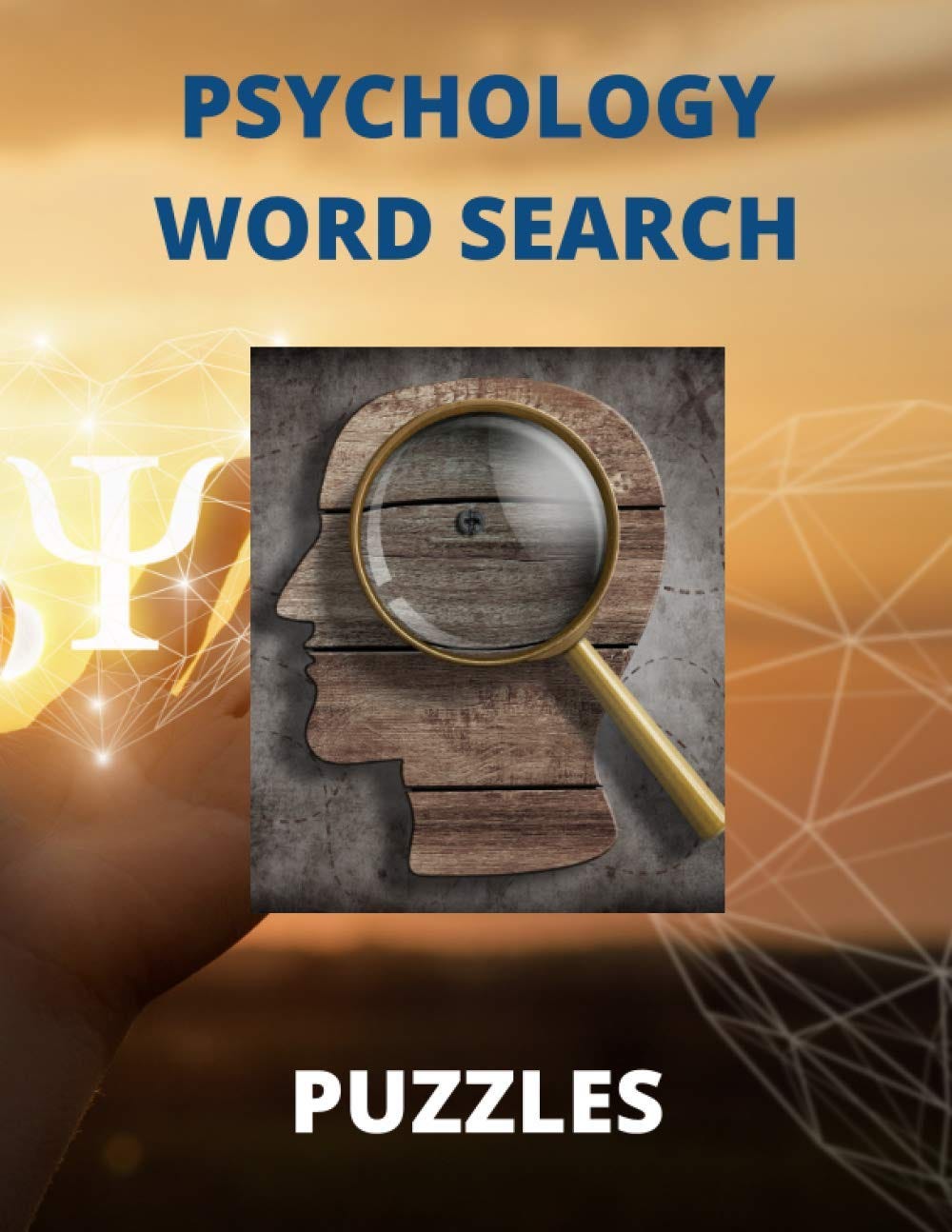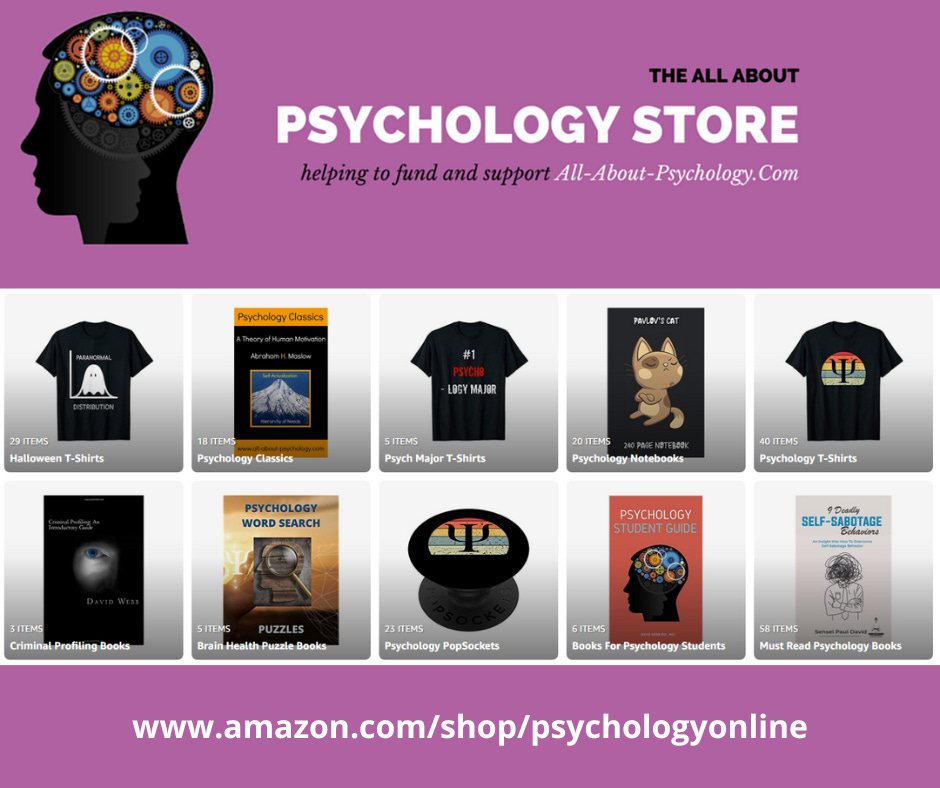The Cognitive Reflection Test
A Simple Puzzle with Profound Insights into How We Think
A bat and a ball cost $1.10. The bat costs $1.00 more than the ball.
How much does the ball cost?
Did the answer 10 cents immediately spring to mind? If so, you’re in good company—most people confidently offer this as their first answer. However, if you take the time to reflect on the fact that if the ball costs 10 cents, then the bat (which costs $1.00 more than the ball) would cost $1.10, making the total $1.20—not $1.10.
The correct answer? The ball costs 5 cents, and the bat costs $1.05.
This simple but ingenious puzzle was devised by Shane Frederick as part of a 3-item Cognitive Reflection Test (CRT), which he developed to help illuminate his research into decision making. The major insight from brain teasers like the bat and ball puzzle, is that to arrive at the correct solution (which is easily understood when explained) requires, as Frederick notes:
The suppression of an erroneous answer that springs impulsively to mind.
This makes the CRT an invaluable psychological tool for examining the interplay between two distinct modes of thinking: fast, intuitive reasoning and slow, deliberate reasoning. The CRT challenges us to confront the tension between these two systems, offering a unique lens through which to study how we process information and solve problems.
The Full Cognitive Reflection Test
Frederick’s CRT consists of three questions, each designed to challenge our intuitive reasoning:
A bat and a ball cost $1.10 in total. The bat costs $1.00 more than the ball. How much does the ball cost?
If it takes 5 machines 5 minutes to make 5 widgets, how long would it take 100 machines to make 100 widgets?
In a lake, there is a patch of lily pads. Every day, the patch doubles in size. If it takes 48 days for the patch to cover the entire lake, how long would it take for the patch to cover half of the lake?
I'm sure you don't need me to tell you the correct answers, but just in case, you can find them below.
Why Do We Jump to the Wrong Answer?
The CRT reveals a universal truth about how our minds work. When faced with a question like the bat and ball problem, our brains often rely on quick, automatic thought processes—what the late, great Nobel Prize-winning psychologist Daniel Kahneman refers to as System 1 thinking.
System 1 operates quickly and effortlessly. It’s the source of our snap judgments and gut feelings. However, it can also lead us astray because it prioritizes speed over accuracy. The 10-cent answer feels intuitively correct because System 1 favors simplicity and immediacy.
In contrast, solving the problem correctly requires engaging System 2, which is slower, more effortful, and focused on analytical reasoning. System 2 recognizes the flaw in the initial answer, rechecks the math, and arrives at the accurate solution.
To learn more about System 1 thinking and System 2 thinking, I highly recommend reading Kahneman’s critically acclaimed book on the subject, Thinking, Fast and Slow.
Why Does the CRT Matter?
The CRT isn’t just a fun mental exercise—it has implications for understanding human behavior.
Decision-Making and Bias
The CRT sheds light on our susceptibility to cognitive biases—mental shortcuts that influence our decisions. For example, the availability heuristic might cause us to overestimate the likelihood of an event simply because it’s easier to recall. Similarly, the CRT illustrates the challenge of overcoming the confirmation bias, where we favor information that supports our preexisting beliefs.
Intelligence vs. Rationality
Interestingly, the CRT has been linked to both intelligence and rationality. Research has shown that people who perform well on the CRT tend to score higher on measures of intelligence (IQ) and are better at avoiding cognitive biases. However, the CRT also highlights that intelligence alone doesn’t guarantee rational thinking. Even highly intelligent individuals can fall prey to intuitive errors if they don’t engage System 2.
Everyday Applications
The CRT’s lessons are highly relevant to daily life. From financial decision-making to evaluating news sources, understanding the interplay between fast and slow thinking can help us make more informed choices. For instance:
When making a big purchase, are you relying on a gut feeling, or have you carefully evaluated the pros and cons?
When reading a sensational headline, do you take a moment to question its accuracy?
The CRT in Education
For psychology educators, the CRT is a powerful teaching tool. It can spark discussions about:
Cognitive biases and how they affect decision-making.
The importance of metacognition—thinking about one’s own thinking processes.
How the CRT connects to broader topics in psychology, such as intelligence, personality, and behavioral economics.
The Cognitive Reflection Test offers a fascinating glimpse into how we think. By challenging our intuition and forcing us to engage in deeper reasoning, it reminds us of the power—and limitations—of our cognitive processes. Whether you’re a psychology student, educator, or simply someone curious about the workings of the mind, the CRT is a valuable tool for exploring the complexities of human thought.
The Cognitive Reflection Test Answers:
1. Correct answer: 5 cents (most people answer 10 cents).
2. Correct answer: 5 minutes (most people answer 100 minutes).
3. Correct answer: 47 days (most people answer 24 days).
Psychology Word Search Puzzles: The Fun Way To Learn All About Human Behavior
If you like psychology, you'll love this puzzle book!
All the word search puzzles in this book relate to a particular topic within psychology. If you would like to learn more about any of these topics, you'll find a website address printed directly below each word search heading; where you access free and comprehensive information and resources. Among the 30+ topics covered include:
Forensic Psychology
Eminent Women in Psychology
The Case of Little Albert
Sigmund Freud
Cognitive Psychology
Psychology of Music
Optical Illusions
Social Psychology
Carl Rogers
This super informative and engaging activity book, also includes:
✓ Easy To Read Text
✓ Puzzle Solutions At The Back Of The Book
✓ Bonus Psychology Resources Links which include details of where you can listen to the very best psychology related podcasts and access a fascinating collection of full-text psychology articles by leading academics and researchers.
Ready to start learning more about psychology? See following link to get your copy from Amazon now! Also makes a great gift.
Psychology Word Search Puzzle Book
Don't forget to visit the All About Psychology Amazon Store to check out an awesome collection of psychology books, gifts and T-shirts. Sales help support All-About-Psychology.Com, a website providing free and comprehensive information and resources for psychology students and educators since 2008.
Stay in the know! The All About Psychology newsletter is your go-to source for all things psychology. Subscribe today and instantly receive my bestselling Psychology Student Guide right in your inbox.
Upgrade to a paid subscription and also get the eBook version of my latest book Psychology Q & A: Great Answers to Fascinating Psychology Questions, as well as regular psychology book giveaways and other exclusive benefits.







God, I love psychology! Firstly, your website is amazing. I’m new to Substack, and what a great find this is.
Now, to your post: It’s fascinating to me what the CRT shows—that having a high IQ doesn’t guarantee careful, analytical thinking. It really highlights how much practice and effort it takes to challenge our first intuitions!
I can already tell I’m going to binge on this blog. Looking forward to reading more!
Dom